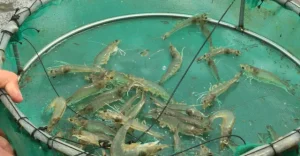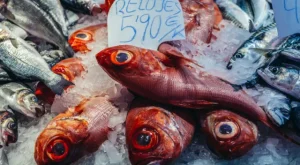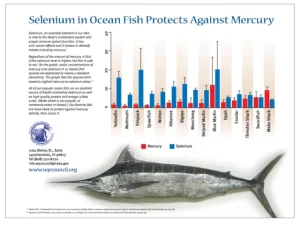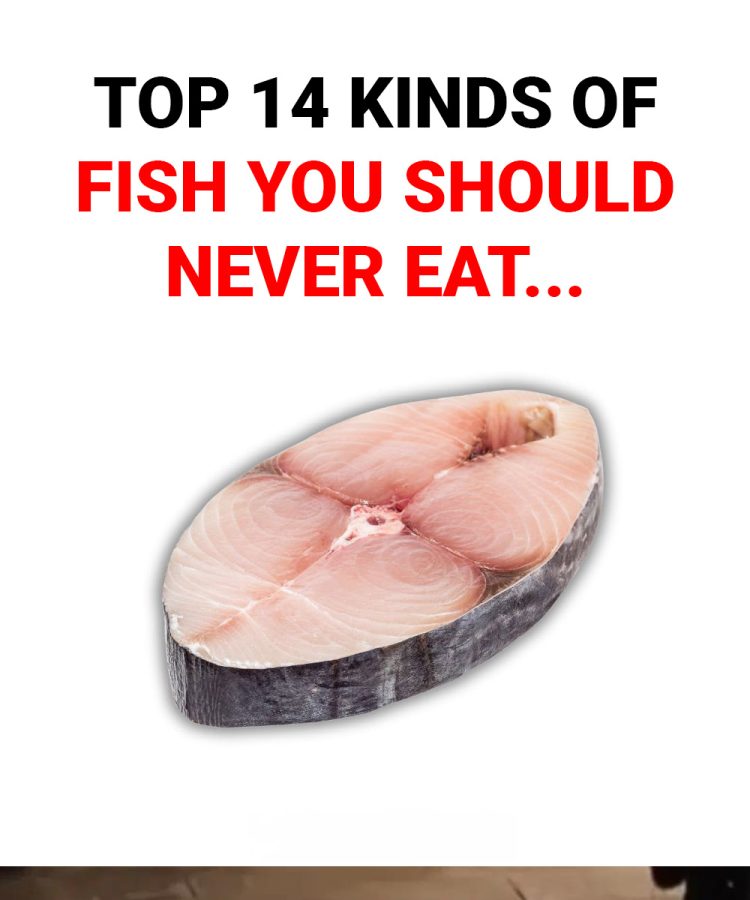Since sharks have very high levels of mercury. They are also slow to mature and reproduce, and thus overfishing has depleted their populations as well.
11. Atlantic Bluefin Tuna
Bluefin tuna are now considered to be highly vulnerable to extinction. They are also large predatory fish and thus contain high levels of mercury.
12. Swordfish
Another predatory fish, mercury is the main concern here. In reality, the EDF has suggested that women and children avoid swordfish altogether and men consume it no more than once per month.

13. King Mackerel
Both King Mackerel and Spanish Mackerel have high levels of mercury and should be avoided, especially by women and children.
14. Grouper
Grouper has moderately high mercury levels and is vulnerable to overfishing [7]. It is also often the target for seafood fraud. The “grouper” that is for sale is may actually be a cheaper form of fish that is being mislabeled. One study found that up to 87% of seafood like grouper, cod, and snapper may be mislabeled
A Note on The Role of Selenium in Mercury Toxicity

Source: WPCouncil.org
If you’re a fan of fish but concerned about mercury toxicity, there’s some good news – many commonly consumed fish are rich in selenium, which may help prevent the absorption of excess mercury. However, there’s a catch. This doesn’t mean you can indulge in as many high-mercury fish as you like. That said, if you do choose to eat fish with higher mercury content occasionally, consuming enough selenium alongside it might help reduce potential negative effects.
The main takeaway is this: If you’re eating fish high in selenium and low to moderately high in mercury, the overall risk is lower. On the other hand, if you’re consuming fish that’s high in mercury but low in selenium (like shark), it’s best to avoid it or eat it very rarely.

Fish To Eat More Of
This does not mean you have to give up fish altogether, but it highlights the importance of reading labels and knowing where your fish is coming from. Wild-caught Alaskan salmon, Pacific Sardines, and Atlantic mackerel are all high in omega-3s, as well as several other nutrients, and have less of a negative impact on the environment. Other good choices include Albacore tuna that was caught in the US or Canada, Alaska Cod, Arctic Char, Rainbow Trout, among others. The EDF Seafood Selector provides a comprehensive list of the best seafood and fish to eat, including where it should come from and how it should be produced.
